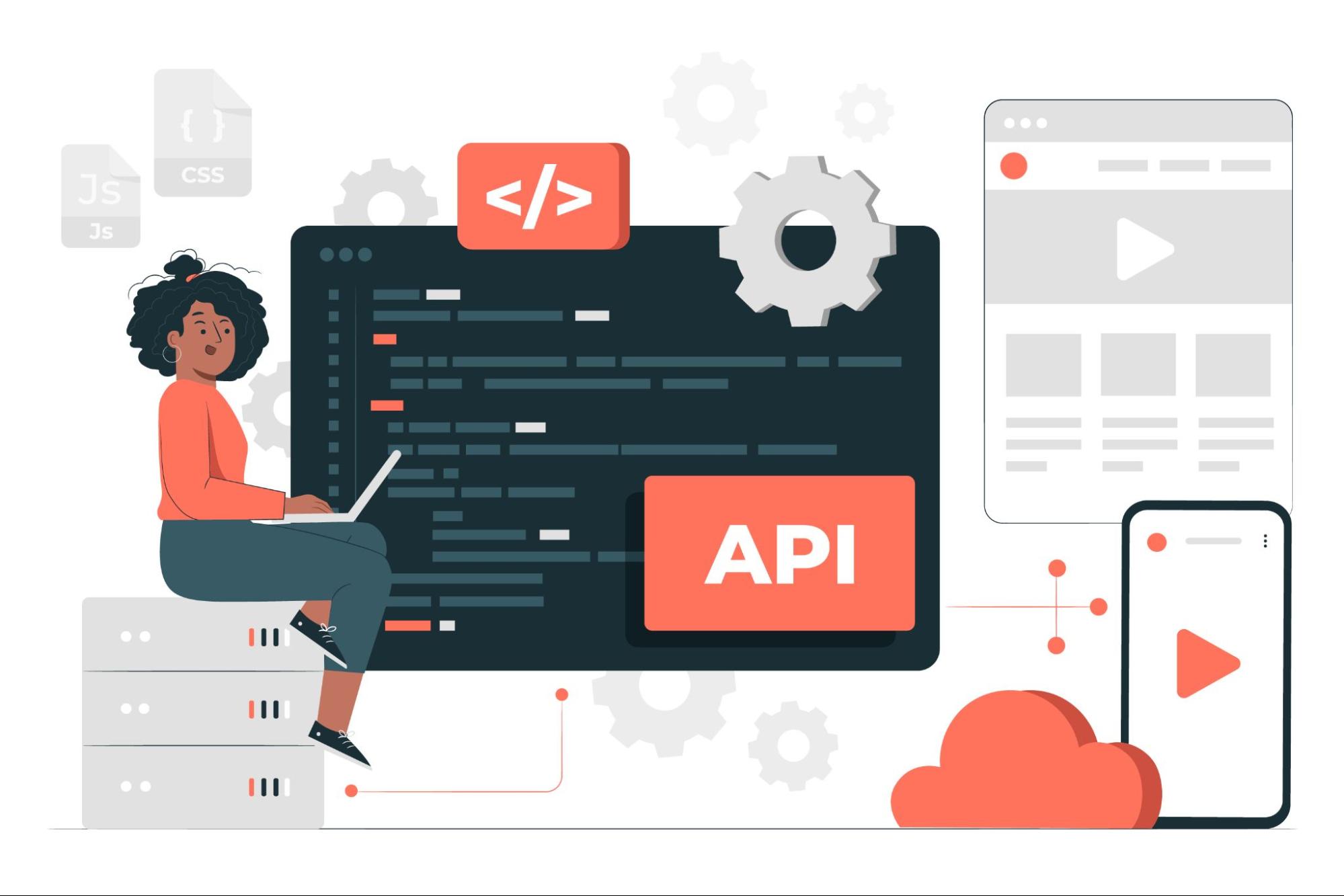

Adoption of REST APIs has increased manifold in recent days and REST API testing has become a leading standard for building web APIs. The era of pure desktop-based applications is continuously going down. People are shifting from NG to web and further mobile-based applications.
Most of the web-based applications or mobile applications are backed by REST APIs. Testing this type of application has become a major challenge. Various tools/frameworks/libraries (utilities) are there to automate the testing activity. People choose these utilities depending upon their context, environment, budget and skill level, etc.
In this post, we will discuss the need for automation followed by various challenges behind REST API Automation Testing. I will appreciate questions/feedback if you have any regarding the API tools ☺

To live in this competitive market, you have to release new updates frequently. With automated API testing, It will reduce the testing time drastically and you can focus more on your development.
You can never be confident in the build quality of the web application without automated testing. Build quality remains poor with manual testing and increases the possibility of more bugs in the application.
Once you decide to open your APIs for the external world, you have to ensure that each of your API tools is working as expected. Because any bug/issue in API may lead to lots of customer queries. You will lose most of your time resolving those customer queries. Subsequently, customers will lose faith in you. The picture becomes worse, once you have 3–4 versions of your APIs. With automated API testing, you can confidently expose your APIs to the external world for third party integration and will bring you more business.

I think validating REST APIs is not that hard. It is simply triggering a REST API with a particular set of data and validating the responses. Most of the tools available focus on the validation part and forget about the management or maintenance part. But the actual challenge lies in the initial setup of your test suites and how you are going to maintain and organize those test suites over a span of releases and how well it integrates with your existing ecosystem.
The major hurdle in any automation testing is the initial setup. If the initial setup is too much then motivation goes down as the time passes. Most people even leave the automation testing in the middle and proceed to their original track of manual testing. This is the major blocker in the automation of the testing process. If the initial setup is easy, then adoption of the testing framework/tool will be much higher.

The second major hurdle is maintenance. Once you have created your test suites for one release. Then the question comes, is it easy to maintain those test suites over a span of releases? If upgrading those test suites takes another full development cycle then it is worse than manual testing. The lesser the time, the more maintainable the test suites will be. Also, you should pay close attention to the reusability aspects. Whether the testing script/data is reusable across test suites and within a test suite
Management makes the tasks of organizing test suites easier and more maintainable using API testing tools. If you have linked your API test cases with API Specifications then proper management can give you answers to the questions like whether your API is fully tested or not. If you change the API specs, it should be properly reflected in the test scripts/data.

The third hurdle of API testing tools is the skills required to use the library/tool. If we adopt a particular tool/library, then we should have manpower having those particular skills required for the tool. In the area of REST API, we can benefit from the tools in which no technical skills are required to validate REST APIs because REST APIs are platform-independent and language agnostic. Validating REST APIs is a kind of black-box testing because we do not need to be aware of the source code or language in which our web server is implemented. So we don’t need to choose the same programming language in which our web server is implemented to validate our REST APIs in the API automation testing tools.
The rest API testing situation can be made further easier by adopting data-driven testing using an excel sheet. Because of excel sheets, test data can be written by anybody and does not need any special programming skill.

The fourth hurdle in the best API testing tools is integration with the existing ecosystem. It is important to know how well the library/tool integrates with your CI/CD server or defect tracking system (or any other) or test case management system. Whenever you prepare a new build in the API automation testing tools, it should fire the automated test suite first and if all the test cases pass, only then the build is ready to be released in the market. And if the validation failed, then your automated test suite should automatically log bugs against the failed test cases or update the test status on your favourite test management tool or notify you over messaging apps.